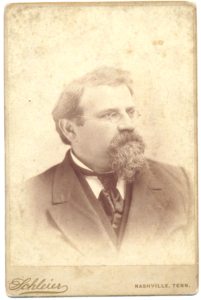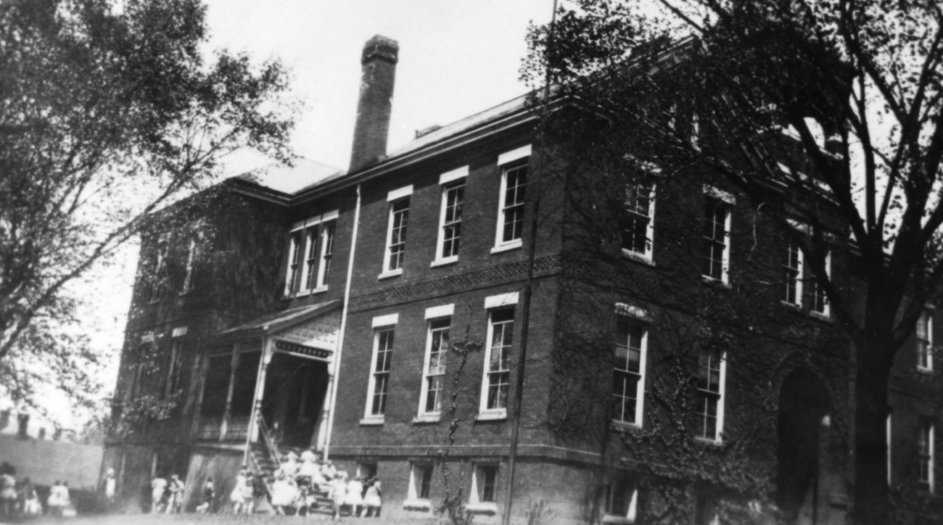Over the last several decades, we have accepted two historic neighborhoods divided by Broadway as separate entities: Old North Knoxville and Fourth & Gill. They each have their own associations as well as historic neighborhood designations on the National Register.
But there was a time when that wasn’t the case, back when Knoxville first started expanding west and north of downtown from 1880-1900. When homes first starting going into both areas it was simply known as North Knoxville.
By 1886, there were enough houses and new roads going in (Kenyon used to be Kennion) that residents in these new (predominantly) Queene Anne and Victorian homes were getting restless waiting for Knoxville to swoop in with annexation and services like electricity and water. So, what we now call Old North and much of Fourth & Gill were incorporated as the city of North Knoxville in 1889 and lined up contracts to get modern amenities its own self.

Louis Alexander Gratz (Photo / C.M. McClung digital collection, Knox County Library)
The new city built its own, much admired but private, North Knoxville School. Serving first through twelfth grades, it had its first graduating class in 1892. The subjects for high school age students were geometry, physics, literature, astronomy, Latin and rhetoric. Want ads for houses for sale or rent in the late 1800s to early 1900s made sure to list the school was nearby. Its address was 213 Pearl Place at Alexander Street.
The mayor of North Knoxville was Louis Alexander Gratz. There was once a school in Fourth & Gill that bore his name, and a street still does. Gratz’s story is an interesting one. A Jewish Prussian born in 1842, he came to America poor as dirt in the 1860s and fairly promptly found himself a soldier in the Union Army with 6th Kentucky Cavalry Regiment. He fought at the Battle of Chickamauga, among other wartimes adventures, and had earned the rank of Major by the war’s end.
Gratz eventually made his way to Knoxville, earned a law degree and married Elizabeth Trigg Bearden, with whom he had four children. Lizzie died young, the same year North Knoxville was incorporated. He later married Marion Fidler, with whom he had two more children. Gratz died on a train ride returning to Knoxville from Louisville, Kentucky, in 1907. He is buried in Old Gray Cemetery alongside his first wife. Marion was also laid to rest in the same Gratz plot in 1922.
North Knoxville was annexed in 1897, so didn’t quite make it a decade. Its school was eventually absorbed by the public system. In 1913, the school’s name was changed to Mynders, and it later became a grammar school through eighth grade. By the summer of 1956, as the fortunes of North Knoxville were flagging, the school board made the decision to close the school and divide the 150ish students among McCallie, Oakwood and Brownlow (three schools that no longer exist). The city sold the property in 1961 for $38,000 to Sears Roebuck, which used the space to expand the parking lot for its store on Central.
And that’s how 135 years ago, two neighborhoods were once a city. North Knoxville wasn’t called ‘old’ until the annexation of Fountain City in 1962.
Beth Kinnane writes a history feature for KnoxTNToday.com. It’s published each Tuesday and is one of our best-read features.
Sources: Knoxville Journal Digital Archives, Knox County Library Digital Archives, From peddler to regimental commander in two years: the Civil War career of Major Louis A. Gratz (John R. Marcus)

